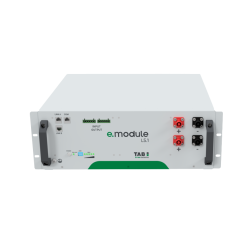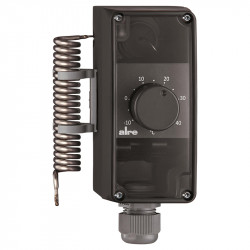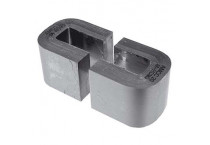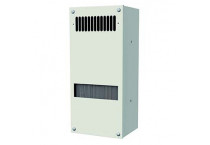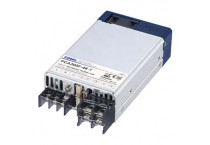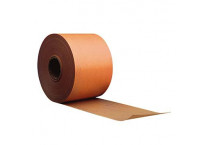Czujniki dymu montowane w kanałach wentylacyjnych stanowią kluczowy element systemów bezpieczeństwa pożarowego w budynkach. Ich zadaniem jest szybkie wykrycie zadymienia w kanałach wentylacyjnych – zanim dym rozprzestrzeni się dalej w instalacji. Jednym z najbardziej zaawansowanych urządzeń tego typu jest Calectro UG8-E-24, dostępny w ofercie DACPOL, projektowany z myślą o niezawodności, prostocie montażu oraz długiej pracy bez fałszywych alarmów. Dostępny również w wersji 230 V AC: Calectro UG8-E-230.
Composants pour l'électronique de puissance - automatisation industrielle - électronique - génie énergétique - génie électrique
Fournisseurs
Voir tous les fournisseurscatégories de produits
Voir toutes les catégoriesDerniers articles
-
Piles à combustible à hydrogène – applicationsRead more
L’article décrit les piles à combustible à hydrogène – une technologie qui convertit l’hydrogène en électricité de manière efficace et écologique. Il aborde les principes de fonctionnement des piles, leurs applications dans l’automobile, l’industrie et le secteur énergétique, ainsi que leurs avantages, tels que le ravitaillement rapide, l’autonomie étendue et la possibilité d’intégration avec des sources d’énergie renouvelable. Cette technologie constitue une solution prometteuse pour le développement durable et la transition énergétique.
-
Comment le refroidissement et la climatisation des armoires influencent la durée de vie des composants électroniquesRead more
Cet article traite de l'importance du refroidissement et de la climatisation des armoires de contrôle pour maintenir la durée de vie des composants électroniques. Il explique comment une température et une humidité stables améliorent la fiabilité des systèmes industriels, décrit différentes méthodes de refroidissement, le rôle de la conception des armoires et du placement des composants, et souligne l'efficacité énergétique dans les installations industrielles modernes.












